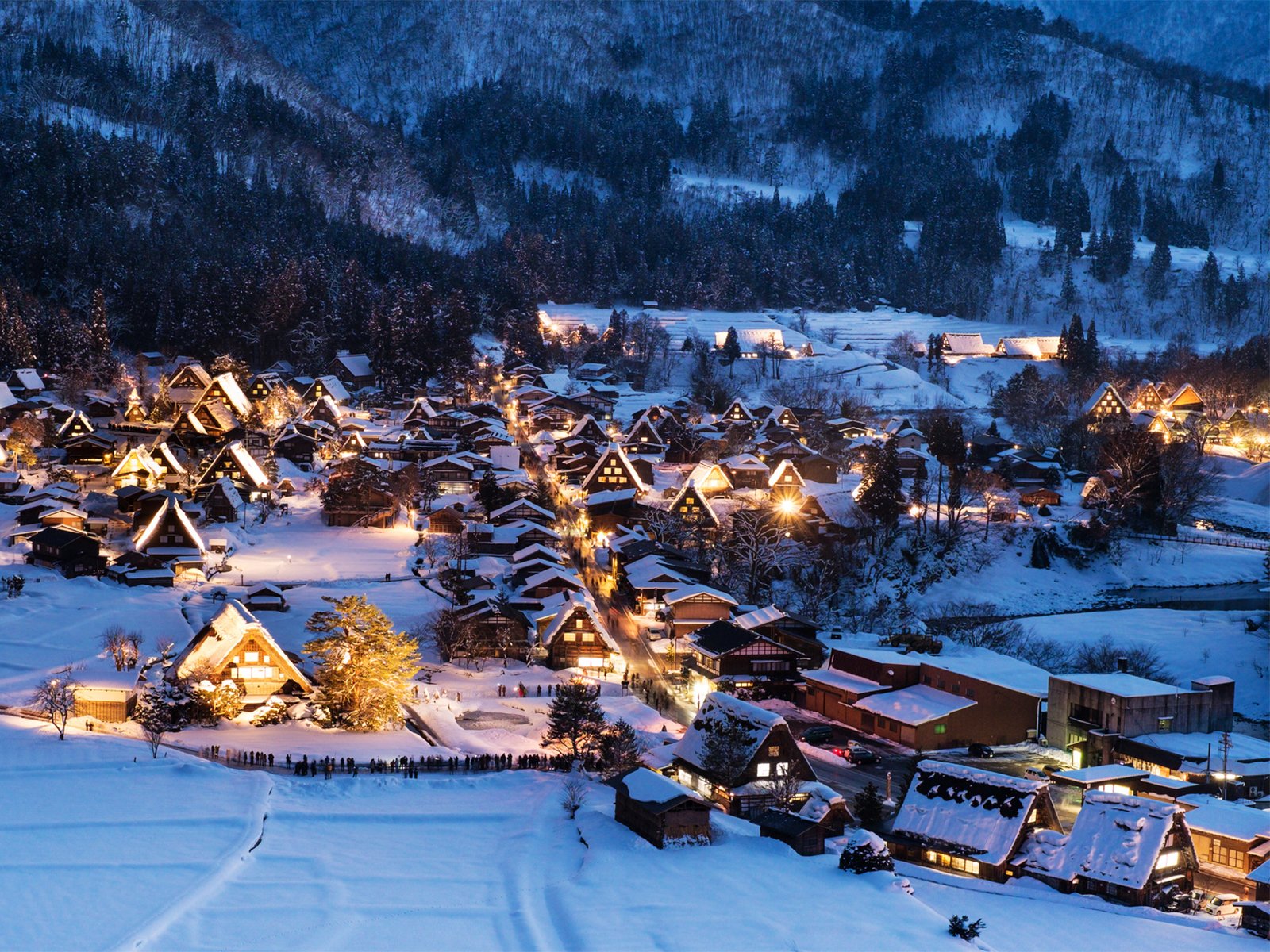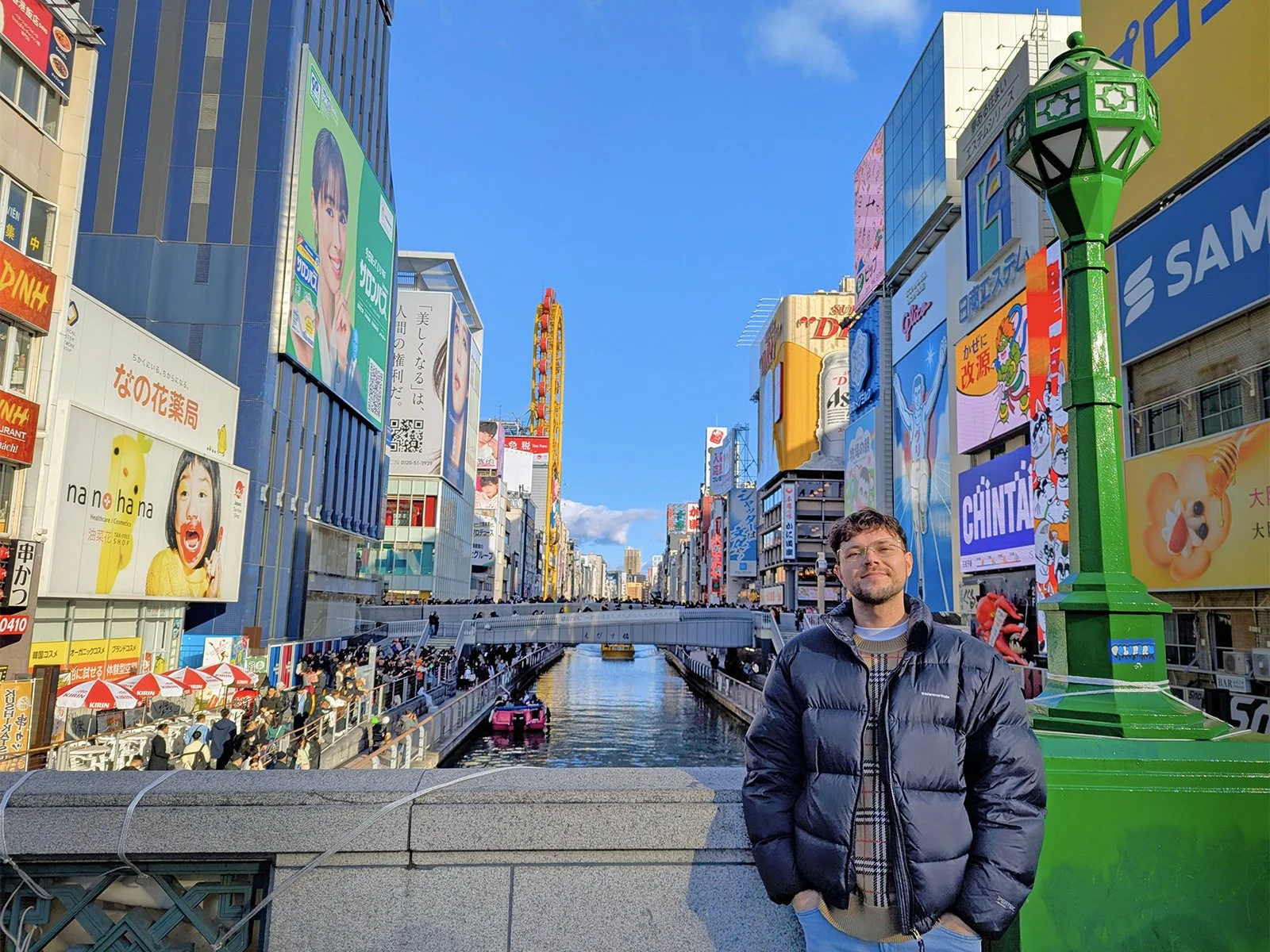Watching Sumo in Osaka

With a history of two thousand years, sumo wrestling is one of Japan’s most famous traditions.
Cover photo: Professional sumo wrestlers fight on Day 7 of the March Tournament at Edion Arena Osaka, Japan (2024). Photo by Danny With Love.
Intro
Sumo wrestling is one of Japan’s best known traditions. Along with kendo (fencing) and the martial art of judo, it’s considered a national sport. It’s not easy to get tickets! Professional sumo tournaments are only held for six months of the year, in just four cities: Tokyo (January, May, September), Osaka (March), Nagoya (July), and Fukuoka (November).
I finally had a chance to see a tournament for myself thanks to my local JET program chapter. For a price of 6,400 yen (about 40 USD), I reserved a balcony seat to attend Day 7 of the March Tournament in Osaka!
Impression
I didn’t know much about the sport beforehand. Frankly, I had imagined it to be a silly spectacle: large diapered men slapping each other for an excited crowd. While it was surreal, it was in fact a serious affair, combining religious tradition and dedicated sportsmanship. I found myself impressed with the wrestlers’ flexibility, strength, and speed!
Rules
The word “sumo” (相撲) translates as “competition.” Two wrestlers fight inside a small ring of 4.55 meters (about 15 feet) in diameter. The goal is to force the opposing fighter to fall or exit the ring, primarily by pushing, slapping, tripping, or even throwing. The first person to touch the ground — with a body part other than their feet, of course — or to exit the ring loses. Most matches last under just ten seconds!
In between fights, priests purify the ring with salt and rake the sand covering smooth. The competition lasts all day, with low-ranking wrestlers fighting in the morning and progressively higher ranks competing in the afternoon. I arrived around 15:00 (3 PM) to watch the intermediate division. Inside the arena, I was greeted by vendors selling snacks and merchandise, much of it in support of specific wrestlers. The atmosphere is not unlike other sports, with spectators frequently cheering, shouting, and applauding.
A match only starts by mutual agreement, when both wrestlers place their hands on the ground simultaneously. It can take several minutes to synchronize, resulting in growing crowd anticipation. It’s a thrill when it finally begins. The fights have an electric feeling, with wrestlers’ motions sending shockwaves throughout the stadium! I was entranced.
History
Sumo has an estimated history of 2,000 years, dating back to ancient Japan. It originated as a Shinto rice harvest ritual, later becoming entertainment for the Heian imperial court (794-1192). It spread to common people during the Muromachi Period (1338-1573) and was formalized as a sport in the Edo Period (1603-1868). The first permanent stadium wasn’t built until 1909! Sumo continues to grow in popularity thanks to mass media such as television and online streaming.
Lifestyle
Like geisha, sumo is as much a lifestyle as it is a profession. Training classes of wrestlers live together in heya, or stables, where they share in a rigorous schedule of training and eating. They are only allowed to wear a top-knot hairstyle and traditional clothing, such as their iconic loincloths or yukata. They are also expected to maintain a humble, dignified attitude. No boasting, taunting, or complaining!
There are no weight classes in professional sumo, so wrestlers are encouraged to grow large and strong. There is no minimum, but the highest-ranking wrestlers often weigh 120 to 160 kilograms (265 to 350 pounds). They eat about 20,000 calories per day, over eight times the average Japanese man.
The sumo diet primarily consists of chanko-nabe, a stew of various meats, fish, vegetables, and noodles. Wrestlers only eat two meals per day. Crucially, they take long naps immediately afterwards to slow digestion. The typical routine starts with grueling morning training on an empty stomach, followed by lunch, napping, dinner, and finally sleep.
I was surprised to see that foreigners can participate. There were many talented Mongolians, as well as a Ukrainian. Aspiring wrestlers begin training as early as age 15, only up to 23, so it’s too late for me anyway!
Only the highest-ranking wrestlers are paid a monthly salary. They also enjoy corporate sponsorships, cash prizes from competitions, and fundraising from fan clubs. The majority retire by age 35. Wrestlers have life expectancy of around 65 years; that’s over ten years shorter than the average Japanese man. The most successful become coaches, or stable masters, while the rest return to regular life, often restaurant work.
Conclusion
My time at the arena went by quickly! The competition finished around 18:00 (6 PM), concluded with ceremonial bow-twirling. It was a truly incredible experience, one I’m grateful to cross off my Japan bucket list. If interested, I highly encourage anyone to check out a match.
There are other ways to enjoy sumo too, such as watching practices at stables or visiting novelty restaurants. In fact, a new venue will open this May. The Sumo Hall Hirakuza Osaka will employ former wrestlers to perform for visitors year-round. I’m looking forward to it!





